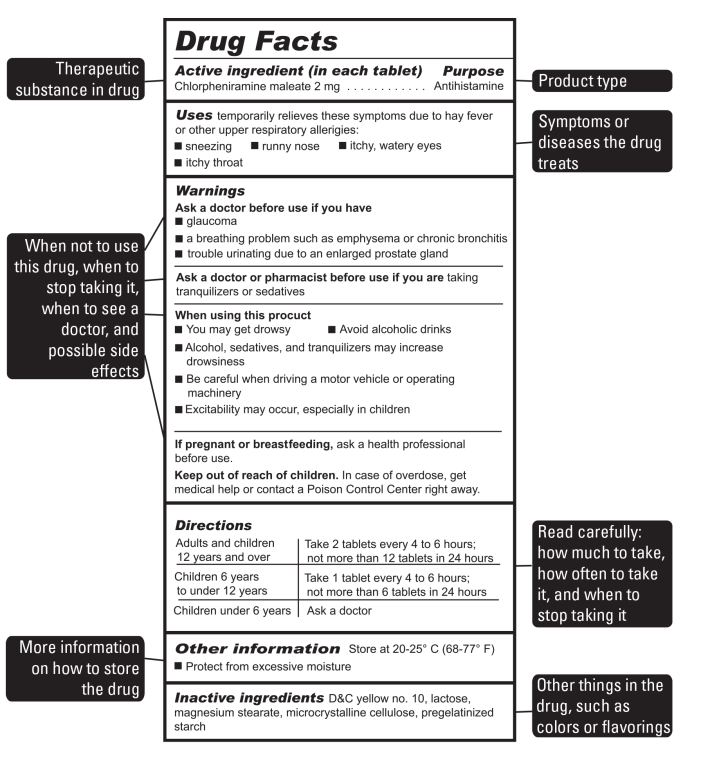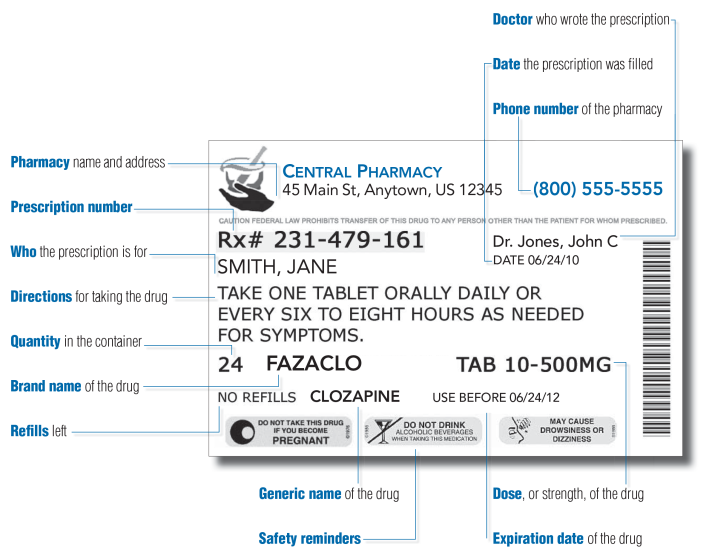Are you considering a New Year’s resolution of weight loss? Or eating healthier? Or changing your exercise routine? Revolutionize your body – and your resolution – using the tips below.
Start with the right perspective

- Think of your body as an instrument instead of as an ornament. Be thankful every day for all of the wonderful things you can do such as dance, play, run, enjoy good food, and give hugs. Your body will continue helping you be healthy even if you don’t change a thing in 2018.
- Love yourself. You and your body work hard, every day, to move through life. Acknowledge and be grateful for all of that goodness. Studies show that people who hold their bodies in high regard are much more likely to take good care of their bodies.
- Change the messages you say to yourself. Identify the negative ways that you speak to yourself and make a decision to replace that self-talk with more realistic, loving, and positive statements. Tell yourself you are handsome, beautiful or strong, and mean it!
Fuel yourself, mindfully
- When you eat, be mindful. Focus on your food. Pick one place to sit down and eat (ideally, at home). Eating while doing other things like watching TV or reading can lead us to miss our body cues such as being satisfied or feeling actual hunger (rather than a craving). Use the principles of intuitive eating to help with this – many are included in this article.
- Listen to your body. Eat when you are hungry. Rest when you are tired. It takes some time to re-learn the ability to hear your body cues. You can pause in the middle of eating to ask yourself how the food tastes and how full you are feeling. Same goes with a workout or an end-of-the-day activity – give yourself permission to stop when you need a rest.
- Choose foods that honor your health and taste buds while making you feel well. Incorporate nutrient-dense foods, foods that satisfy your hunger and foods that bring you pleasure. There is no forbidden food!
- Balance your plate with the right proportions of food. The Academy of Nutrition and Dietetics recommends the following:
- Half of your plate should be filled with low-starch vegetables (like broccoli, asparagus or Brussels sprouts)
- One fourth of your plate should have a high-protein food (like lean meat, poultry, fish, peanut butter, eggs or tofu)
- One fourth of your plate should have grains (like rice or bread) or starchy veggies (like potatoes or plantains).
- To round out your meal, add a glass of water or milk and a serving of fruit for dessert.
- Consider using smaller portions. Keeping tabs on your portion sizes helps you eat a diverse array of foods because you won’t fill up on a plate-sized anything. Try using your hands! Like a handful of potato chips or blueberries or a fist-sized portion of pasta or mashed potatoes.
Move your body more!
- Exercise to feel good and be healthy, not to lose weight or “make up for something you ate earlier.” Find fun ways to add more physical activity in your life, such as going for a walk with a friend or playing basketball with your roommate. Moving your body should be something you look forward to doing.
- Move with your head held high. If you act like someone with positive body image and high self-confidence, the act will eventually become reality.
- Rest. Sleep helps our body in a myriad of ways, like balancing your mood, appetite and energy levels (to name a few). If you struggle to sleep, check out some tips and info to help you sleep better.
Feel good.
-

Image “Self-Hug” by Evan Long, Flickr Creative CommonsFocus on how you feel instead of how much you weigh. How much a person weighs depends on all kinds of factors, many of which are outside our locus of control such as genetics and the environment around us. Instead of focusing on whatever that scale says, focus on how amazing it makes your body feel when you eat nourishing food and move your body.
- Surround yourself with people who are supportive of you and your body. These folks love you no matter what you look like or how much you weigh.
Doing the above in 2018 just might make you feel better about yourself and feel better overall.
Revolutionize your resolution! LOVE YOURSELF.







